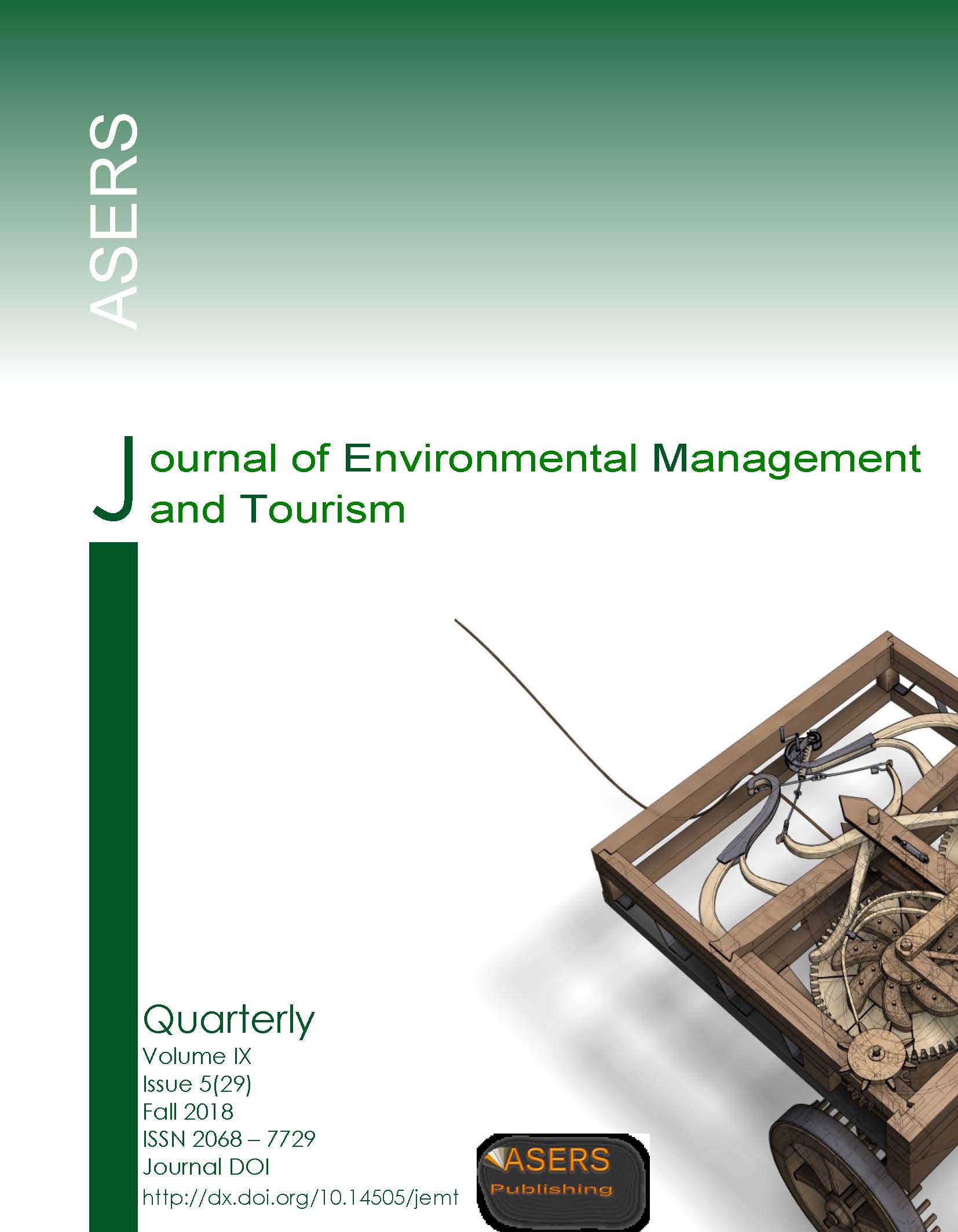Measuring Dairy Farm Efficiency in the Republic of Kazakhstan
Measuring Dairy Farm Efficiency in the Republic of Kazakhstan
Author(s): Aida M. Balkibayeva, Zein Aidynov, Zein Aidynov, Ayagoz ORAZBAYEVA, Yuliya SHEIKO, Dina AikupeshevaSubject(s): Economy, Agriculture
Published by: ASERS Publishing
Keywords: Data Envelope Analysis; production efficiency; dairy economics;
Summary/Abstract: Study was conducted in the area of comparative dairy efficiency and finding the most effective farms that can be used by less effective farms and new dairy farms to increase their outputs and use inputs in more productive ways. We used the data of dairy farms for 2015 provided by National Committee on Statistics of Kazakhstan upon our request to perform this research and applied Data Envelope Analysis (DEA). The closest to the efficiency boundary was the dairy farm with a value of 0.66 (milk production 3 573 tons per year with the following top expenses: feed $400K; depreciation $200K and salary $142.424). Based on super-efficiency factors farm No 3 which produced 762,1 tons of milk per year with the cost closest to min mean was found as the most effective one among others. The least efficient was farm no 1 produced the most amounts of milk but with higher than average expenses. Based on the literature-based review the concept of dairy efficiency was developed, showing the linkage between inputs such as feed, salary, depreciation, energy and others. Further analysis can show the geographic and climatic similarity or the identity of the management system of reference, distribution of feed and tied inefficient pre-regions. Proceeding from this, it is possible to develop and make management decisions that allow inefficient enterprises to become effective companies.
Journal: Journal of Environmental Management and Tourism (JEMT)
- Issue Year: IX/2018
- Issue No: 05 (29)
- Page Range: 967-978
- Page Count: 12
- Language: English
- Content File-PDF

